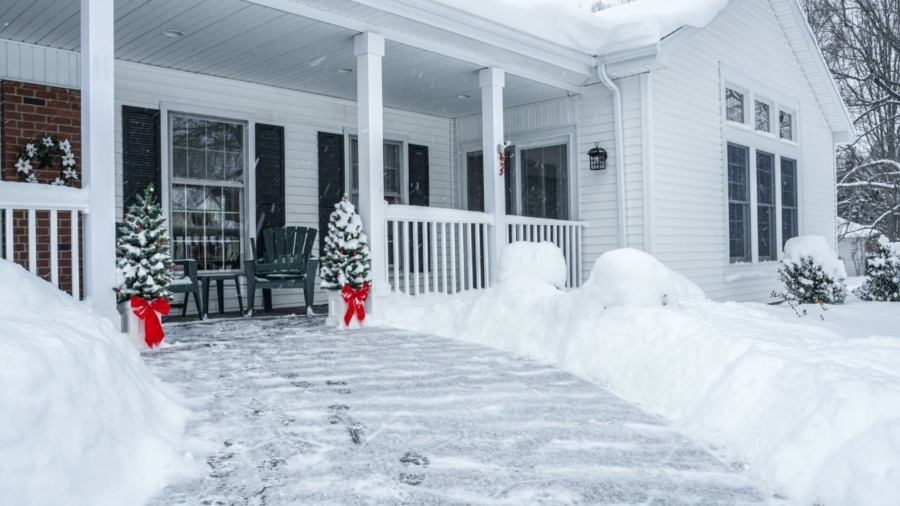Winter is coming! See below for a list of top tips for winterizing your home.
CHECK THE EXTERIOR, DOORS AND WINDOWS
- Inspect exterior for crevice cracks and exposed entry points around pipes; seal them.
- Use weather stripping around doors to prevent cold air from entering the home and caulk windows.
- Replace cracked glass in windows and, if you end up replacing the entire window, prime and paint exposed wood.
HVAC SYSTEMS
- Get your HVAC system serviced, and have your duct work checked to be sure the air flow is uninterrupted and free of holes from pests.
- Reverse all ceiling fans in the house. This will help push warm air downward and force it to recirculate.
- Change the air filters in your home.
- Check the cold air return vents and make sure they are not blocked by furniture. Your furnace needs these to operate at high efficiency.
CHECK FOUNDATIONS
- Rake away all debris and vegetation from the foundation.
- Seal up entry points to keep small animals from crawling under the house.
- Tuckpoint or seal foundation cracks. Mice can slip through space as thin as a dime.
- Inspect sill plates for dry rot or pest infestation.
- Secure crawlspace entrances.
SMOKE AND CARBON MONOXIDE DETECTORS
- Install a carbon monoxide detector near your furnace and/or water heater.
- Replace batteries in smoke and carbon monoxide detectors.
- After replacing batteries, test all detectors to make sure they work.
- Buy a fire extinguisher or replace your existing one if it is older than 10 years.
PREVENT PLUMBING FREEZES
- Locate your water main in the event you need to shut it off in an emergency.
- Shut off the water to your hose bibs inside your house (via turnoff valve), and drain the lines. Then insulate the spigot itself.
- Insulate exposed plumbing pipes that pass through unheated areas of your home, like the garage for instance.
- Flush your water heater to remove built-up sediment.
- If you do go on vacation, leave the heat on, set to at least 55 degrees.
GET THE FIREPLACE READY
- Cap or screen the top of the chimney to keep out rodents and birds.
- If the chimney hasn’t been cleaned for a while, call a chimney sweep to remove soot and creosote.
- Buy firewood or chop wood. Store it in a dry place away from the exterior of your home.
- Inspect the fireplace damper for proper opening and closing.
- Check the mortar between bricks and tuckpoint, if necessary.
PREPARE LANDSCAPING & OUTDOOR SURFACES
- Trim trees if branches hang too close to the house or electrical wires.
- Turn off your sprinkler system.
- Clear the gutters of fallen leaves and debris.
- Ask a gardener when your trees should be pruned to prevent winter injury.
- Plant spring flower bulbs and lift bulbs that cannot winter over such as dahlias in areas where the ground freezes.
- Seal driveways, brick patios and wood decks.
- Move sensitive potted plants indoors or to a sheltered area.
Click here for a printable version.

